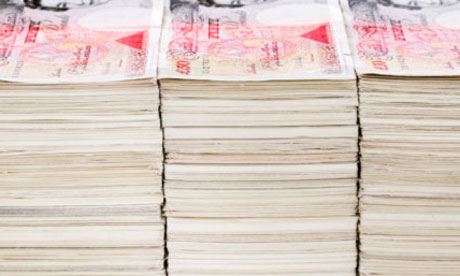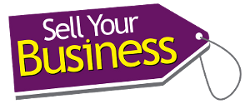
Value Your Business – the Multiple
There are a number of ways in which to value your business. Two popular financial calculations that are used to estimate how much your business is worth are:
- A valuation multiple
- Discounted Cash Flow (DCF)
This article will focus on how to use a ‘valuation multiple’ and we’ll be covering DCF in a separate article later this week.
In our ‘Calculate Your Walkaway Price Pack‘ we included a worksheet that covers three popular business valuations for you to complete for your business.
First of all, let’s define what a valuation multiple is. The valuation multiple is used to multiply a business economic benefit to arrive at an estimate of business value. Revenue and earnings before interest, tax, depreciation and amortisation (EBITDA) are just two examples of what the business economic benefit could be. The actual multiplier value depends on the type of business, the forecast for future sales and many other factors.
It really is a simple calculation and it’s based on your last full financial year set of results:
Business Value = business economic benefit x valuation multiple
Your market will most likely have an average ‘valuation multiple’ based on past acquisitions in that sector using a particular business economic benefit.
For example, it could be 2x sales or 3x EBITDA.
Perhaps a business recently sold in your industry – do you remember what their figure was? If you don’t know, you could always ask a business broker or if the acquirer was publicly listed, the information will be on their website as they have to declare the terms of the deal.
Use the industry multiplier as your starting point and then you can adjust the multiplier when applying it to your business. Bear in mind that you may have both positive and negative influences when you do that.
Positive influences on raising the multiple figure would include:
- Innovate products and solutions
- Strong brand and dominant market share
- Low number of competitors
- Strong profit
- Strong customer base
- Reoccurring contract revenue
Negative influences that will reduce the multiple figure include:
- Strong competitors with better products and services
- Declining market share
- Few Customers that make up 20%+ of sales
- Legal action
Hopefully your business will have positive influences and no negatives which will help that multiple. Once you’ve valued your business then its time to focus at how you can directly increase and sustain your sales and/or profits (the business economic benefit) so your business valuation increases.
So to recap, what you need to do is:
- Decide on the business economic benefit to use
- Use your industry’s valuation multiple (or use 2x sales or 3x EBITDA)
- Adjust the multiple up/down when applying to your business
- Perform the calculation!
- Focus on increasing your business economic benefit
Which leads to maximising the valuation for your business.
Simples! You have now successfully valued your business. DCF is up next…
Joanna Miller helps business owners navigate their way through the start to finish process of selling a business. Her specialty is helping owners understand how to prepare and make the most of their business sale process to maximise their company’s value. To understand how you can sell your business quickly for the highest sales price, purchase her book, “How To Sell A Business: The #1 guide to maximising your company value and achieving a quick business sale”
